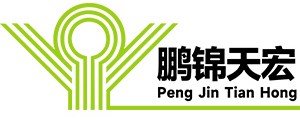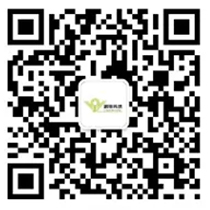Accurately Locating Subsurface Utilities in Wet Ground Conditions
Accurately Locating Subsurface Utilities in Wet Ground Conditions
GS8000 Geomatics

Overview
- This project took place in Singapore to locate a water pipe beneath a car park with no up-to-date subsurface utility map available
- The Proceq GS8000 subsurface mapping system was used to detect and map the pipe
- Despite the heavy rainfall and the bad soil conditions of the investigated area, the SFCW technology managed to resolve targets at deeper depths compared to conventional pulsed systems
Challenge
A large water pipe beneath a car park needed to be located and mapped for an upcoming project. No up-to-date subsurface utility map of the land was available, so the team were commencing the investigation with little information.
Adding to the challenge, the ground conditions in Singapore are very challenging for GPR investigations. The year-round heavy rainfall means the ground is often wet and soggy, with the dielectric value at very high levels.
Solution
The Proceq GS8000 subsurface mapping system was used to detect and map the water pipe. The Stepped Frequency Continuous Wave technology (SFCW) gives the GS8000 an ultra-wide bandwidth, with both low and high frequencies, to achieve the perfect mix of penetration depth and resolution, even under challenging ground conditions.
The Proceq GPR Subsurface iPad app delivers 3D visualization on site and enables the utilities to be projected onto Google Earth since the true geo-location is obtained with the integrated GNSS receiver, MA8000. This is particularly useful for subsurface utility companies who conduct annual inspections on the same areas.

An area scan of 7m by 3.5m with a spacing of 0.25m was performed and the pipe was located. The team were able to see the pipe, its direction and depth and visualize it in Augmented Reality, enabling them to understand its exact location.
The data was exported in KML format and could be visualized instantly on Google Earth.

The team also generated some different views on Google Earth to visualize the subsurface pipe in different ways. Data collected with the GS8000 was stored securely on the cloud server and links to data sets could be shared either directly onsite or at any point in the future.

The result
The combination of innovative hardware and software enabled the team to accurately locate the pipe, visualize it in three-dimensions, export it in Google Earth and in augmented reality environment. This area now has an up-to-date map of the subsurface utility, which can be easily accessed and shared when needed.

